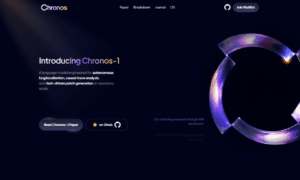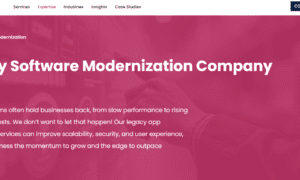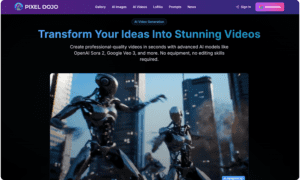Integrating your software with a customer data platform (CDP) is one of the smartest moves you can make if you’re aiming for better personalization, clearer analytics, and faster decisions. But getting everything to run efficiently takes more than just flipping a switch. In this article, you will understand and learn how you can make the integration process smart, smooth, and truly effective.
1. Start by Defining Clear Goals
As you jump into integration, take a step back and figure out why you’re doing it in the first place. Ask yourself what you want from the CDP, like if you’re aiming to unify customer profiles, automate campaigns, or improve targeting across platforms. Furthermore, whatever the reason, having specific goals will help you choose the right CDP features and avoid wasting time on tools you don’t need.
2. Clean Up and Organize Your Data First
Before you bring anything into a CDP, take time to clean it by removing duplicates, correcting errors, and making sure everything is properly formatted. Think of it as tidying up your house before moving in new furniture. If you want everything ready to go, the cdp solution can do its job right. This will save you time during the integration and make sure the platform delivers accurate insights from the start.
3. Pick a CDP That Matches Your Stack
Not all CDPs are built the same, and not every solution will fit your current tech stack. Look for a platform that plays nicely with your existing tools, like either you’re using a CRM, an e-commerce backend, or a custom app, the CDP should offer APIs or connectors that support easy integration. Take note that a poor fit can lead to delays or worse, features that never work the way you need them to.
4. Work Closely With Your Development Team
If you’re not the one writing the code, make sure you’re keeping your developers in the loop from day one. Explain the goals, walk through your software’s structure, and stay available to answer questions. Your input helps shape the integration and avoids missteps. Moreover, when your developers fully understand what you’re aiming to do, they can build smarter, faster, and more reliable connections.
5. Use APIs the Right and Correct Way
Learn how those APIs work, follow the documentation, and test everything before going live. That way, you’re not dealing with broken workflows or bad data down the line. Use batch processes when real-time isn’t necessary to lighten the load, and set up webhooks for events that need updates. When you handle APIs properly, your CDP becomes a live engine that works with you, not against you.
6. Map Your Data Sources Carefully
Maybe you’ve got sign-ups in one system, purchases in another, and support logs in a third. Before you start syncing with the CDP, figure out exactly where all this data lives and how it connects. Draw a map of your data flow so you know what goes where. Then, align those sources with the CDP’s structure. This way, you won’t lose track of valuable insights, and you’ll make sure the CDP’s profiles are complete.
Plan Smart, Clean Data with CDP Solution Today!
Having a successful CDP integration takes planning, clear communication, and a commitment to doing things right from the beginning . That’s why by setting goals, cleaning up your data, and working closely with your team, you make it easier to unlock the full value of your customer data. Moreover, with these smart tips in place, your software and your CDP can deliver powerful results, every single day.



































